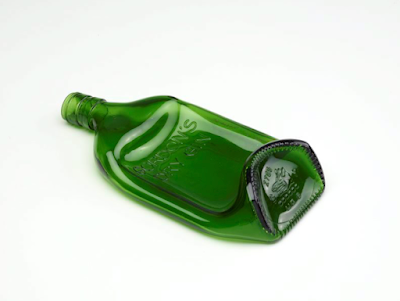Catherine Lord
The Effect of Tropical Light on White Men
No Place Press, 2023
408 pp., 7 x 12", hardcover
Edition size unknown
On November 3, 1493, Christopher Columbus “spotted" an island during his second voyage to the Americas and named it after the day of the week - Dominica is Latin for “Sunday”. It was subsequently colonized (with varying degrees of succcess) by Spain, France and Britain, not gaining independence for 485 years - to the day - on 3 November 1978.
In early 2001, artist Catherine Lord visted the Commonwealth of Dominica, where she was born fifty-two years earlier. On the last day of her stay, she was loaned three leather-bound ledgers which had belonged to plantation owner Dr. Henry Alfred Alford Nicholls, a botanist and physician who lived on island from the 1870s until his death in 1926. The ledgers featured quotations Nicholls had collected from his readings, collected under headings such as abuse, coffee, errors, manners, praise and woman.
Lord’s book uses these chapter headings (and takes it’s title from an obscure 1905 book on eugenics (see below), to create “an investigation of memory, both personal and national, that broadens the dialogue on colonialism, complicity, and cultural property."
"Adopting the form of an ersatz nineteenth-century compendium of quotations, ideas, and images, Lord takes on the legacy—personal, historical, metaphorical, actual—of colonialism in the Caribbean. She deftly weaves an autobiographical account of her childhood in Dominica into entries dedicated to topics such as, but not limited to, flora, asphalt, grumbling, manners, leprosy, nutmeg, cancer, breadfruit, and rhetoric. In Lord’s wry, ethical hands, history is an ever-shifting chorus of fact and fiction. The sorting of the two is perpetual, much like the women’s work that is never done."
- Helen Molesworth, Artforum

























































